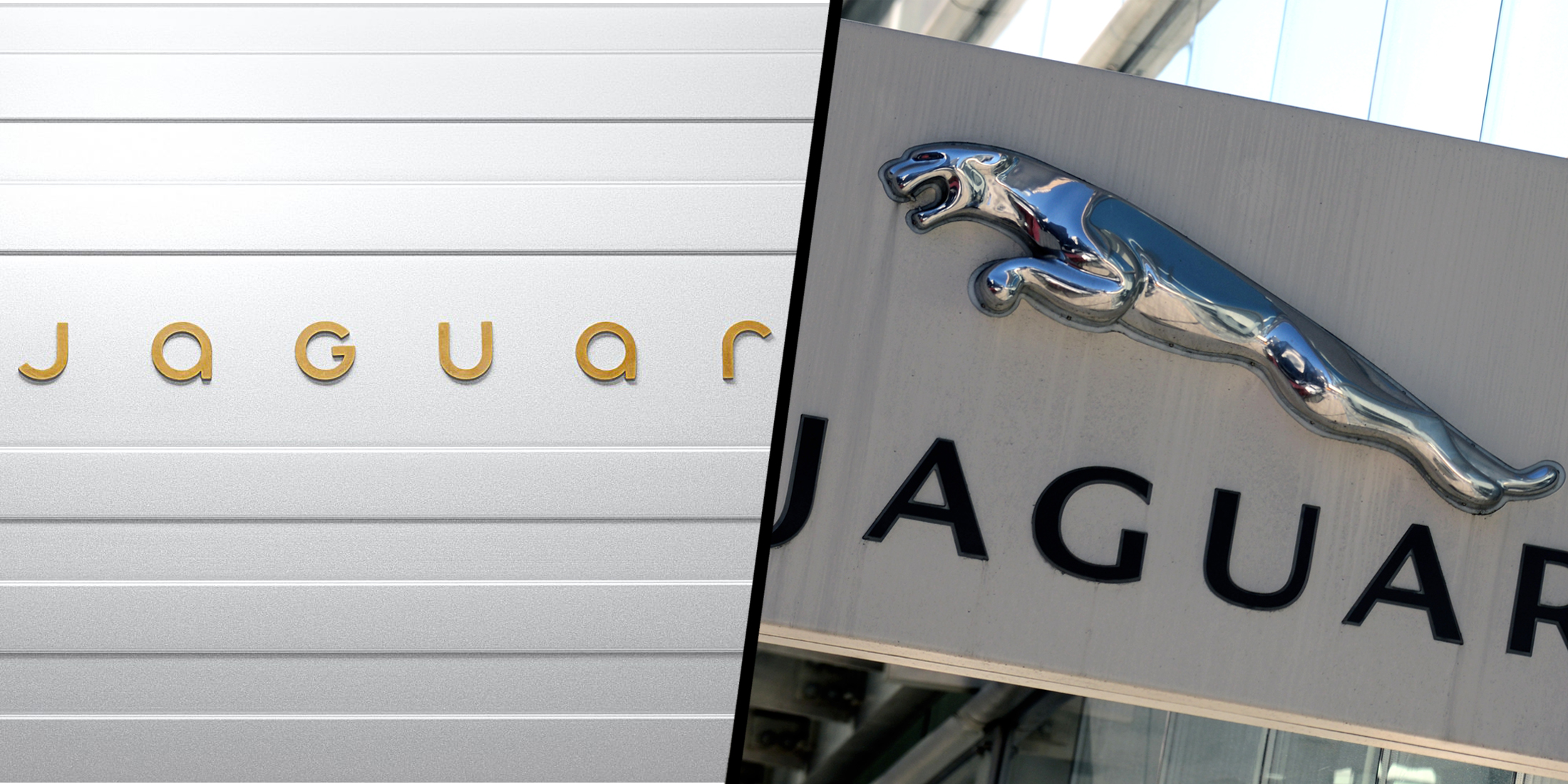Tricky business, rebranding. Jaguar, the car maker, has just rebranded, and it’s turning into a shit show. The old brand was, unsurprisingly, a Jaguar, with the word ‘Jaguar’ on top of it. Hard to get more literal than that. This has been exchanged, at least for one of the ranges, with a modernistic-looking typeface which mixes lower- and upper-case letters.
The old logo looks like this over the years:

The new one looks like this:
 Jaguar's new logo. (Photo: Jaguar)
Jaguar's new logo. (Photo: Jaguar)
So, there is one small problem: no actual Jaguar. The promotional material contained no actual cars at all, prompting Elon Musk to ask: “Do you sell cars?” (See the advert here.) I thought another responder @Mark Whitelegge, got closer to the issue. “This just isn’t it guys. You’ve lost the epic-ness of the cat, like Aston has its wings … what you’ve made is some sort of cheap brand perfume you’d find in Poundland. #KilledTheCat” he tweeted.
The Jaguar hasn’t been dumped entirely, but it has been stylised significantly.

Honestly, I hate it. They seem to have got caught up in their own marketing magnificence. The whole focus on high style and modernity seems out of touch with the traditional Jaguar buyer. The wildness, the sleekness and the beauty of the animal have been lost - almost deliberately. It’s literally been pushed into the background.
But perhaps that’s the point. Jaguar’s managing director, Rawdon Glover, defended the rebranding in the Financial Times, saying the company must move away from “traditional automotive stereotypes” to succeed. He acknowledged the negative reactions but emphasised the need for Jaguar to differentiate itself to revive the brand at a new, higher price point.
Ah! So it’s about trying to push the brand up-market. And the best way to do that, apparently, is to associate with the hyper-modernistic, artsy, fashion show set? Frankly, I don’t think so.
As it happens, I think the big problem here is not the branding but the car itself. Jaguar is showing off its branding, but the car that will be associated with the branding is still two years away. Jaguar is bringing out the EV version of its F-Pace, its most popular model, but only in 2026.
The other problem is that the car is just not selling very well; that’s not necessarily because of the car, which is just gorgeous; it’s that the top end of the car market is now pretty packed. Other car makers have solved this problem by spreading themselves right across the price spectrum with a plethora of models and subversions of those models. Jaguar sold 67,000 cars last year. BMW sold 2.2 million.
Technically, the F-Pace competes with the BMW X5 and it’s difficult to get sales numbers for these cars. The one place you can get them is in the US, where the X5 outsold the F-Pace by healthy margins. But numbers are very small and the US is not the main market for either car.
It is possible to make money, lots of it, by selling small numbers of high-performance cars; just look at Ferrari. The Italian company is sitting on a $80-billion market cap, a 52 price:earnings ratio and a 22% profit margin. But the difference is that both the 7 Series and the F-Pace sell for around R2-million. A very ordinary Ferrari would cost you triple that.
Presumably, this is where Jaguar is trying to go, which is why it thought it needed a big brand revision, just for starters. But this is exactly where branding mistakes most often happen.
Most brand changes are gradual for obvious reasons: you don’t want to alienate existing customers; you don’t want to create confusion in the marketplace; and you don’t want to lose brand equity. The last thing you want is a negative public reaction.
Jaguar seems to have ticked all these boxes. From a business perspective, you can understand why they have decided to go in this direction, but they missed the first rule of marketing: ultimately, it’s not about the marketing; it’s about the product. DM




 Jaguar's new logo.(Photo: Jaguar)
Jaguar's new logo.(Photo: Jaguar) 